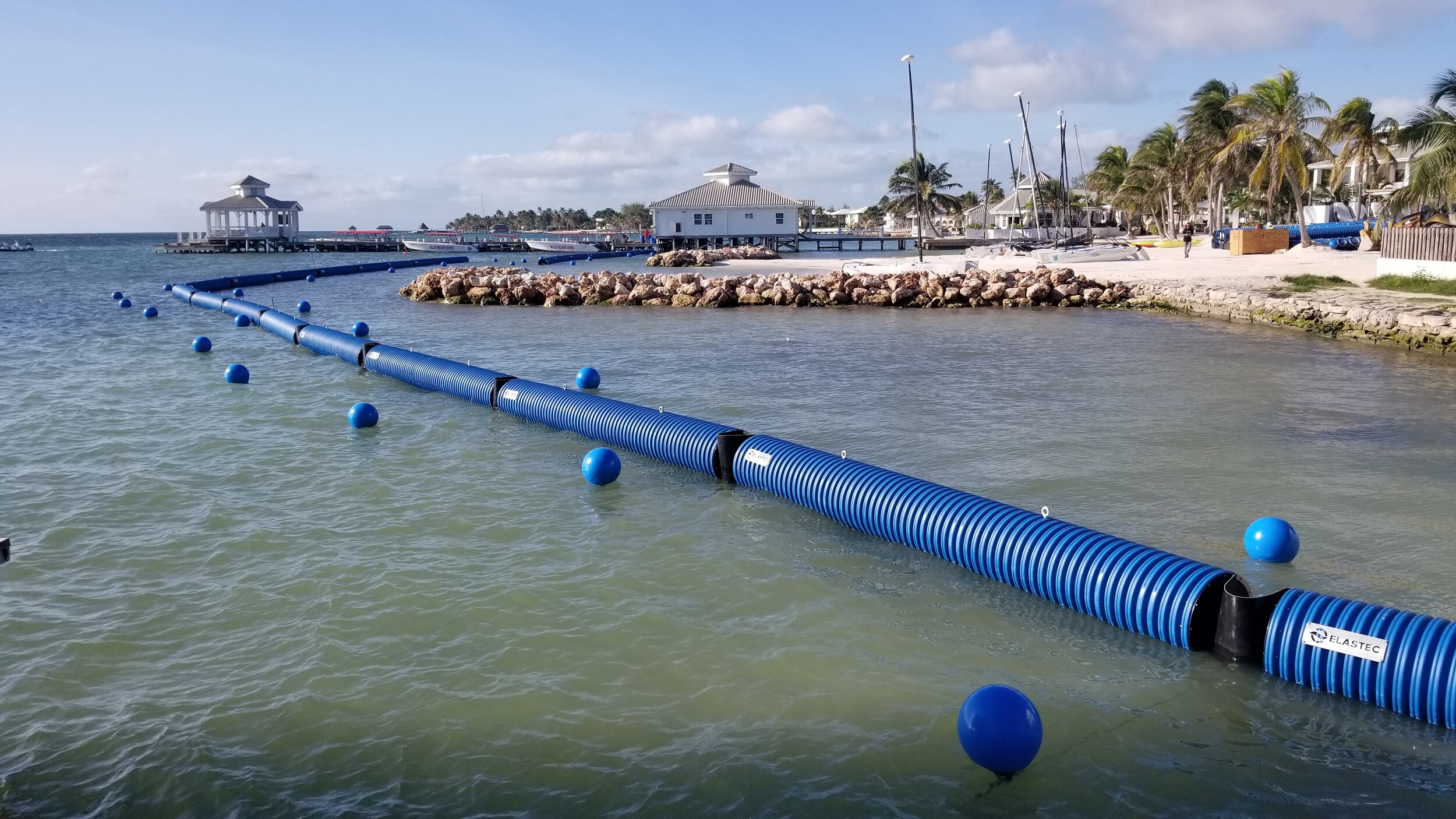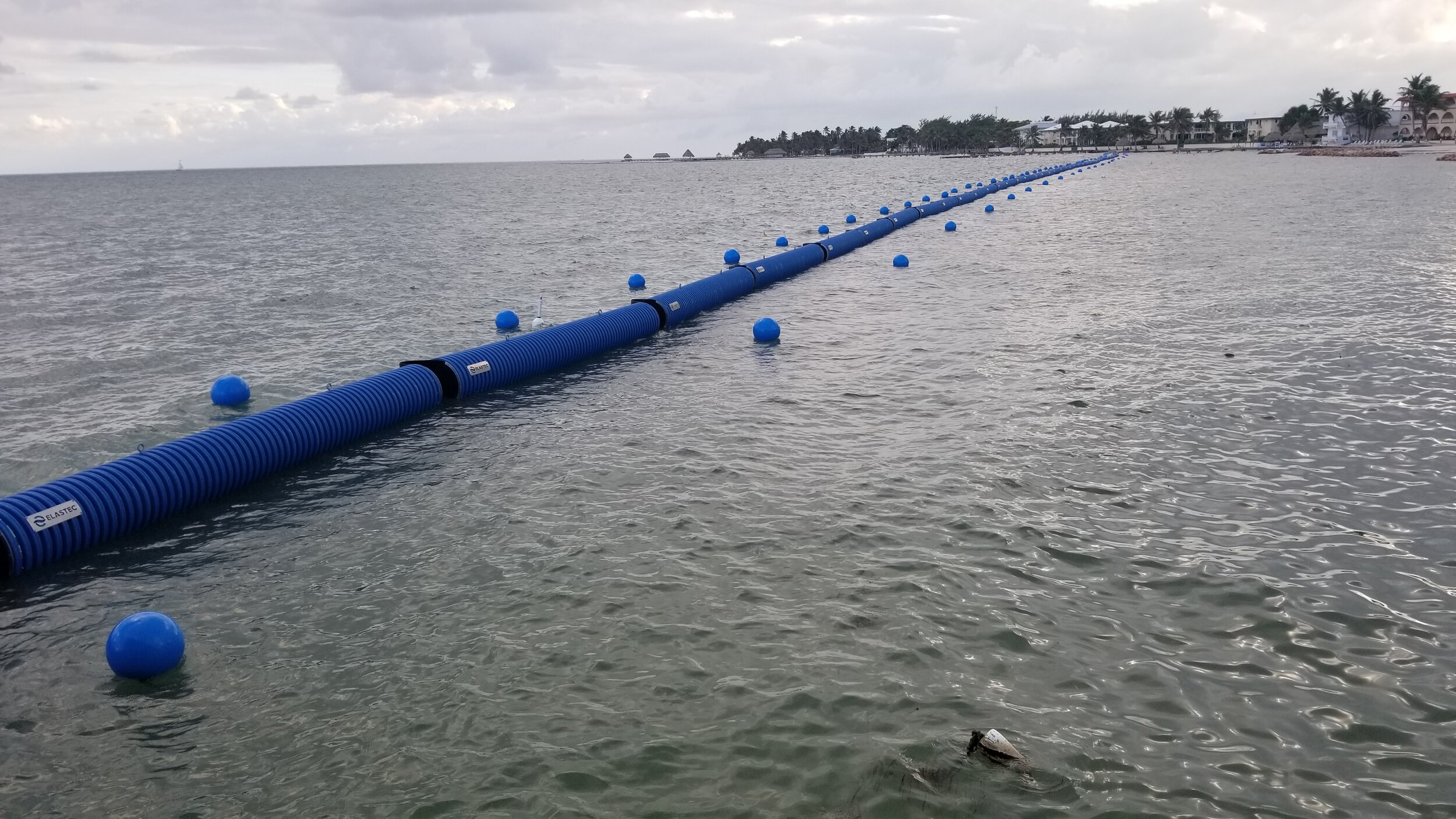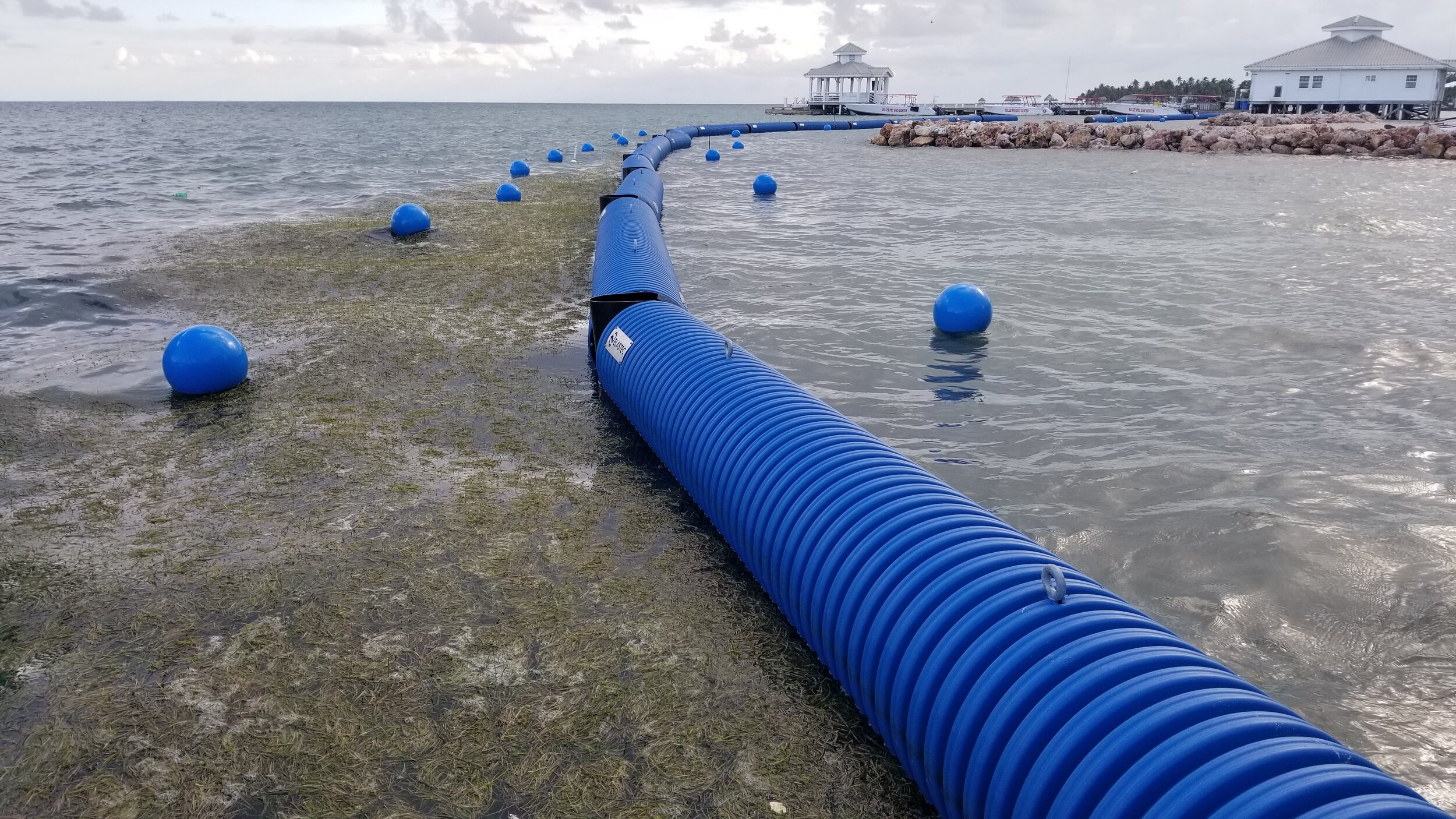According to the paper, Element concentrations in pelagic Sargassum along the Mexican Caribbean coast in 2018-2019 (citation below),
“Prevention and mitigation measures are urgently needed to ensure that the massive influx of sargasso does not harm the coastal ecosystems and the tourism-based economy of countries located in the vicinity of the Great Atlantic Sargassum belt, including the Mexican Caribbean.”
The paper provides additional insights about the concentration of metals in Sargassum from the area of the study/research. Some excerpts from the paper:
“The massive influx of pelagic Sargassum spp. (sargasso) into the Mexican Caribbean Sea has caused major deterioration of the coastal environment and has affected the tourism industry as well as livelihoods since 2015. Species of Sargassum have high capacity to absorb metals; thus, leachates of sargasso may contribute to contamination by potentially toxic metals when they drain into the sea and into the groundwater when dumped in inadequate land deposits.” […]
“Beaching of sargasso has caused havoc to the Caribbean coastal ecosystems. Leachates and particulate organic matter from stranded decaying algal masses depleted the oxygen in near shore waters and reduced visibility of the water column, causing mortality of near-shore seagrasses and fauna (van Tussenbroek et al., 2017; Rodríguez-Martínez et al., 2019). Onshore and near shore masses of sargasso interfered with the seaward journeys of the juvenile turtles (Maurer, De Neef & Stapleton, 2015), affected sea turtle nestings (Maurer, Stapleton & Layman, 2018) and altered the trophic structure of the sea urchin Diadema antillarum in coastal marine systems (Cabanillas-Terán et al., 2019).” […]
Citation: Rodríguez-Martínez RE, Roy PD, Torrescano-Valle N, Cabanillas-Terán N, Carrillo-Domínguez S, Collado-Vides L, García-Sánchez M, van Tussenbroek BI. 2020. Element concentrations in pelagic Sargassum along the Mexican Caribbean coast in 2018-2019. PeerJ 8:e8667 https://doi.org/10.7717/peerj.8667




